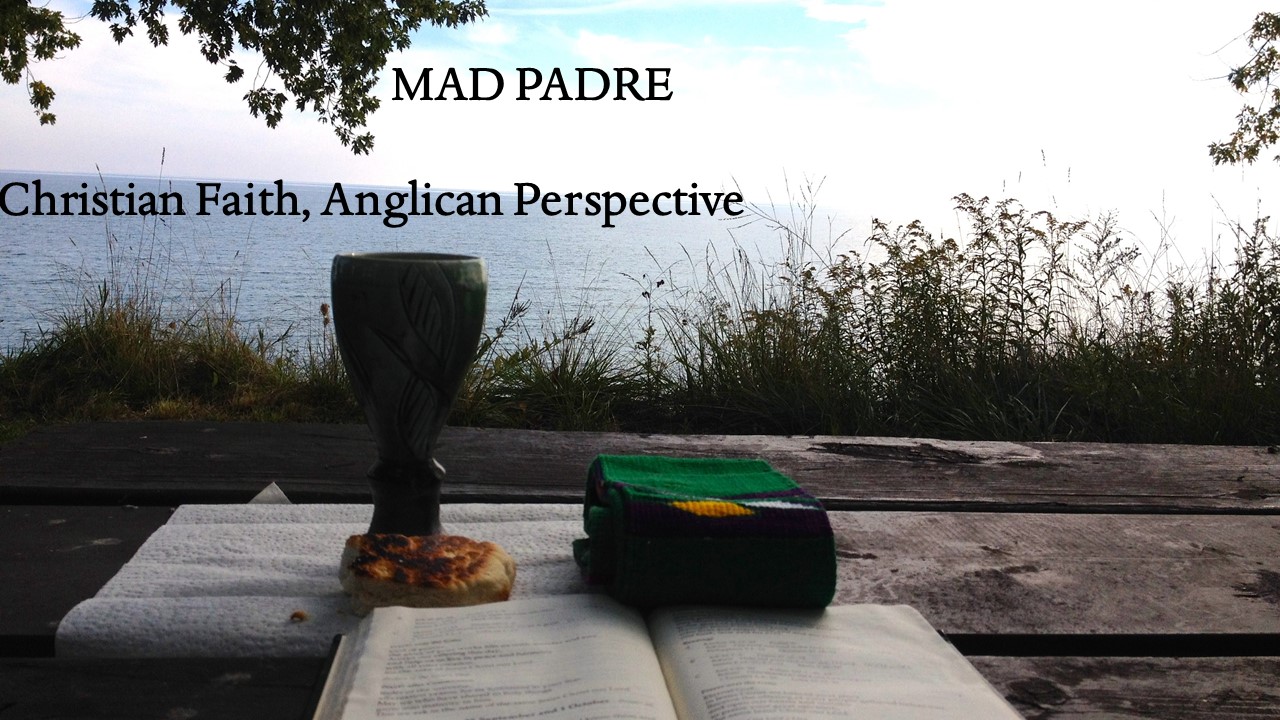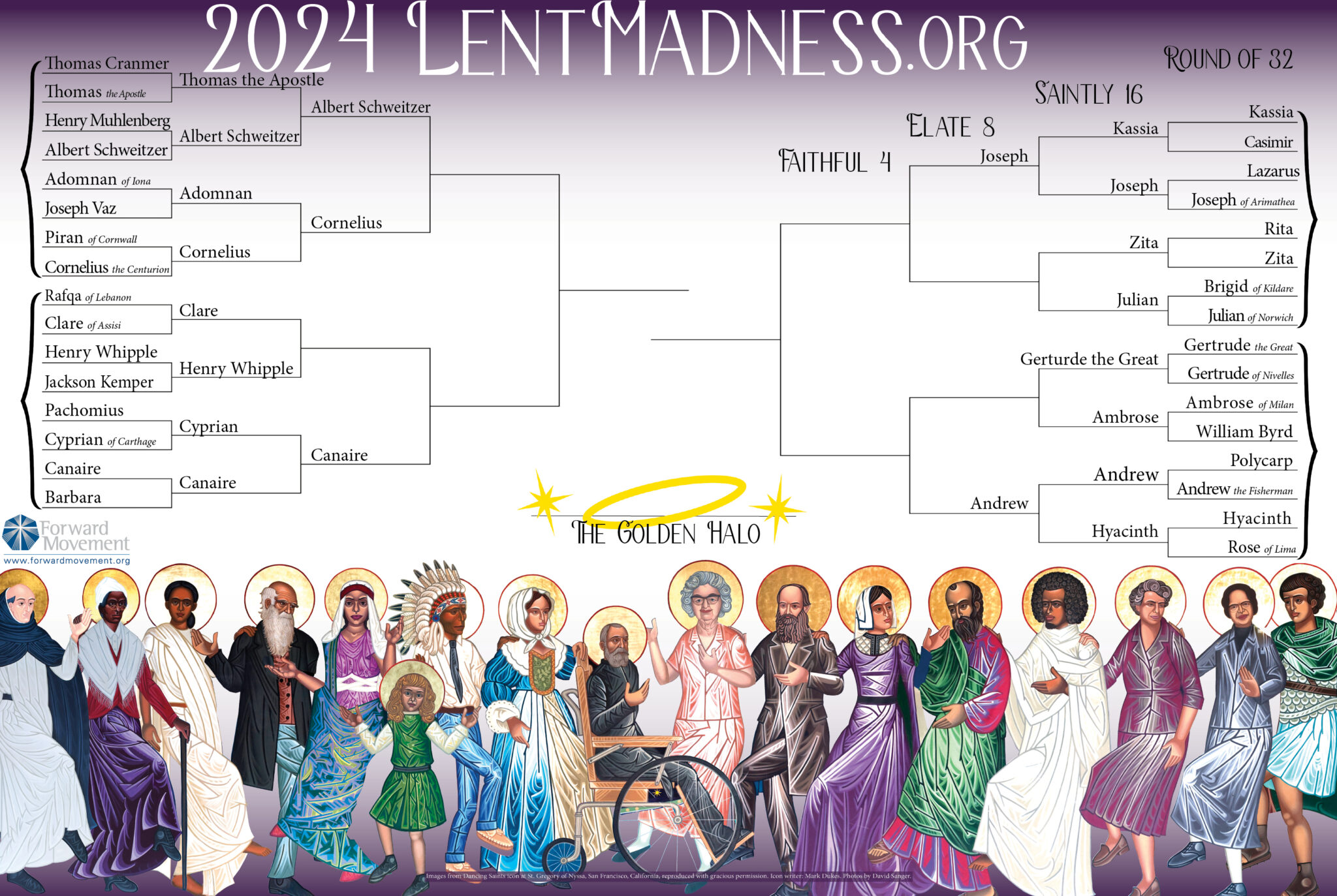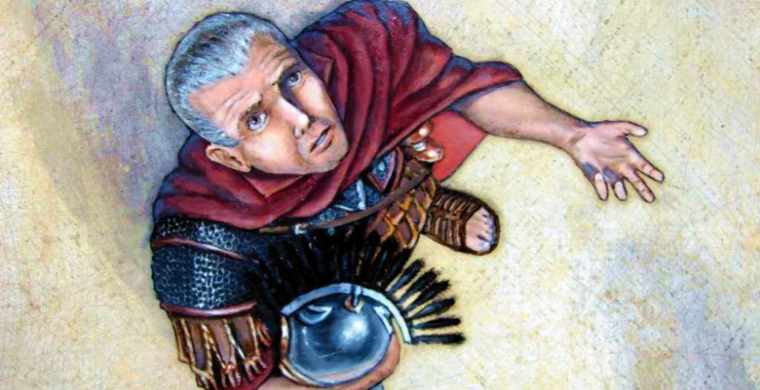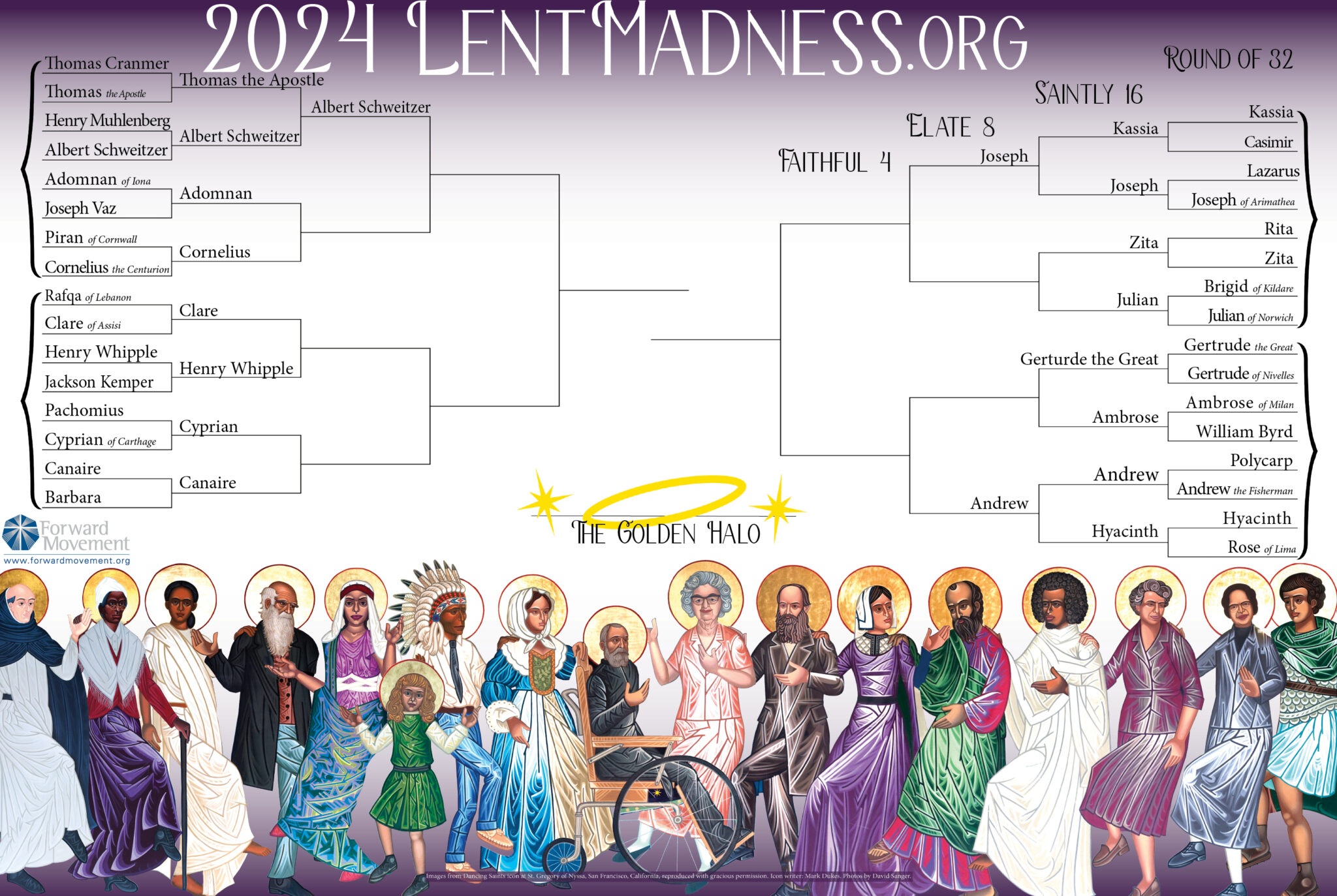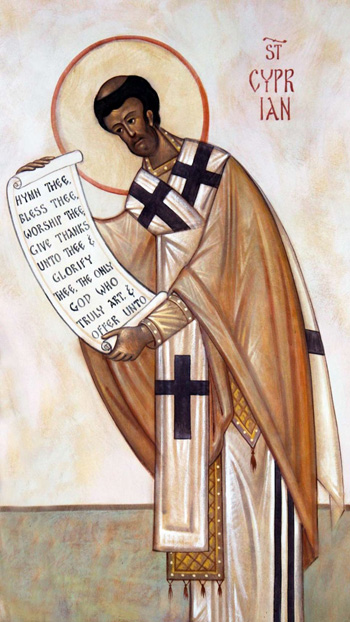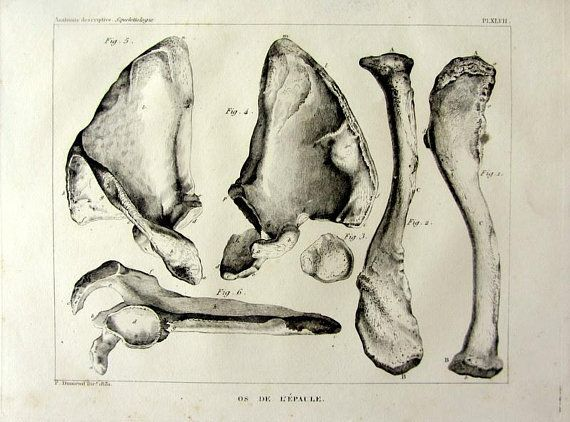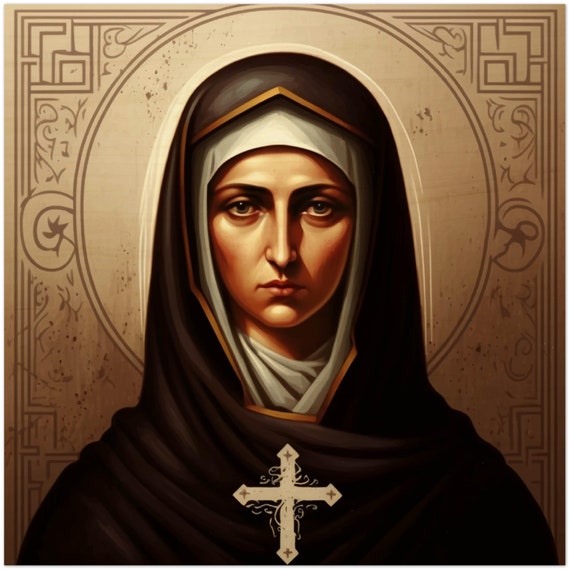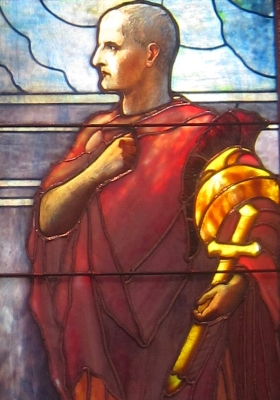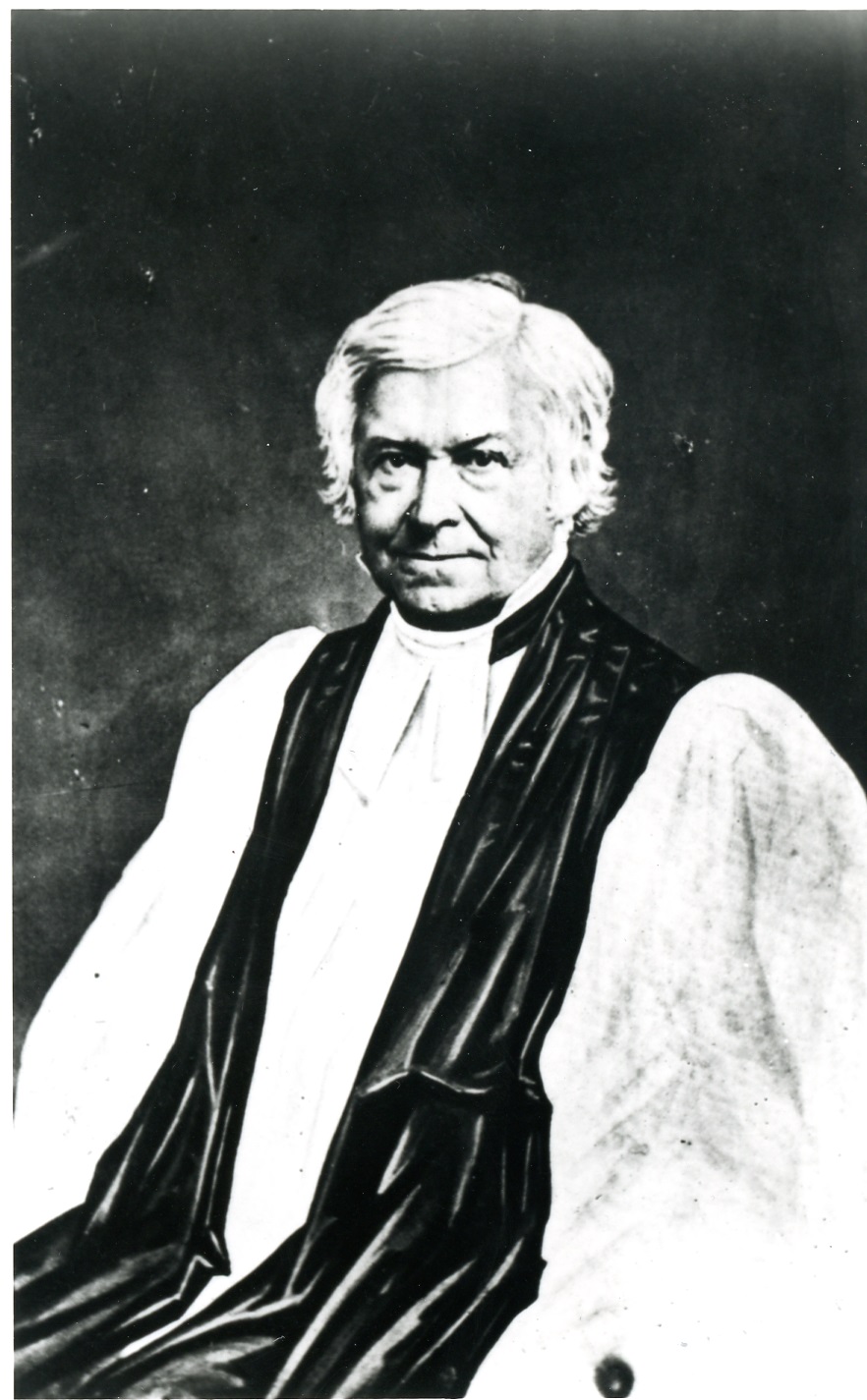Preached at All Saints, Collingwood, Anglican Diocese of Toronto, Easter Sunday, 31 March, 2024. Isaiah 25:6-9; Psalm 118:1-2, 14-24; Acts 10:34-43; John 20:1-18
Jesus said to her, "Woman, why are you weeping? “
(Jn 20.13)
There are times in our lives, mercifully rare, we hope, when despair and grief are too much for us, and our only recourse is to weep, and by weep I mean something more than a sad sniffle. Weeping is a word that we use to describe what we sometimes call, in today’s vernacular, “ugly crying”, when our faces crumple and distort and inarticulate sounds come from deep within us, hence the phrase “weeping and wailing”. I’ve seen soldiers, strong men and women, weeping at the sight of a comrade’s flag-draped casket. To truly weep is to find one’s self in a place of utmost despair.
It is in such a place that we find Mary Magdalene in our
Easter gospel reading. John doesn’t
tell us why she has come to Jesus’ tomb in the predawn, though we can imagine
what she saw and felt, standing near the cross as Jesus died along with her hopes. Perhaps she had hoped that in visiting his
tomb, she might find some comfort and companionship there, in the way that grief
brings us to the gravesides of loved ones.
But Mary finds no comfort, only the confusion of an empty
tomb and the indignity of a stolen body, which she reports to the disciples. It’s only after they see for themselves and
leave that Mary begins to weep. John
tells us that “As she wept, she bent over to look into the tomb” which may mean something more than “she was
curious and had another look”; rather it
may imply that she in her sobbing she had doubled over or crumpled to the ground
and only then did she see the angels. Even
then her grief persists, because Jesus (whom she does not recognize) asks her
again, “why are you weeping” (Jn 20.13).
“Why are you weeping” is
the question that undergirds the miracle of Easter. It is the question that Jesus likewise asks
as we stand, confused and uncertain, beside his empty tomb. “Why are you weeping?”
Why are we weeping? We are weeping because we, like Mary, have been
weeping since we saw our Lord taken in the garden. We have wept for his betrayal by his
friend. We have wept to see an innocent
man cruelly killed. We have wept for
ourselves, because we cried out “Give us Barrabas” and “Crucify him”, because
we promised to stick with him till the end, until we abandoned and denied
him. We have wept for our sins which
Jesus took to the cross to be bought and paid for. We have wept and we still weep for the world
which God so loved, and which we have imperilled in so many ways.
Why are you weeping? It seems to me that we as a society are
either weeping, sad, or just laughing nervously because we find ourselves, like
Mary Magdalene, in a place of grief, confusion, and hopelessness. Last week in The Guardian, Dorian Lynskey
wrote a piece on our current dystopian
mood called “End of the World Vibes”.
Lynskey he noted that “A
peer-reviewed 2021 survey of people aged between 16 and 25 around the world
found that 56% agreed with the statement “Humanity is doomed” and that one
in three Americans expect an apocalyptic, world-ending event in their
lifetimes. This mood is fuelled by books,
streaming shows and films about zombies, pandemics, and environmental collapse. While Lynskey notes that doomsayers have
always been around, the current mood, and the fading of religion to the margins
of our society, mean that we are living through a crisis of hope. Many smart and caring people I know just
avoid the news these days, and those who are addicted to social media use a
word, “doomscrolling”, which means going from one moment of horror and outrage
to another.
It is to us, and to those
of us fearful or just numbed by this crisis of hope, that Jesus comes and asks,
“Why are you weeping?” It is a question
put to us with the greatest sympathy and understanding, for Jesus asks this
question with great sympathy, because he has never been afraid to weep. John tells us that Jesus wept and was “greatly
disturbed” at the grave of Lazarus, even though God would give him the power to
raise his friend from the dead (Jn 11:35,38).
In Luke’s gospel, as Jesus sees Jerusalem
for the last time, he weeps for the city, for its faithlessness and for its
impending destruction (Lk 19.41-45). In
the Garden of Gethsemane, Luke doesn’t tell us that Jesus wept for himself, but
his anguish and sweat “like great drops of blood” suggest something very close
to weeping. So of course Jesus asks Mary
why she is weeping because he understands what it means to weep. He understands the human condition because he
shared it fully, all the way up to death.
Such sharing and solidarity was the same point of the incarnation.
Likewise, the point of the resurrection is that the raising of Jesus from the dead means the end of our weeping. Nothing less than the resurrection can solve crisis of hope and end our tears. As he does with Mary, Jesus calls us to rise from our crouching posture, to get up from our fear and despair and sadness, to look into his face and see again our Lord and friend. Imagine Jesus gently brushing your face and wiping away your tears. Notice the wounds in his hands as he does so. Those wounds are there for us.
As Isaiah said,
“by his stripes are we healed”. Today
promises us that we are loved and forgiven. Being loved and forgiven does solve wars or save the planet, though it is a start. What it does mean is that we are not doomed. It means that we as followers of Jesus can do our part for God's kingdom while facing whatever befalls us with peace, knowing that doom and death have no dominion.
The risen Jesus is the end of our weeping. Indeed, the final story of the Bible, the climax of the Christian story, is the abolition of weeping.
‘See, the home of God is among mortals.
He will dwell with them;
they will be his peoples,
and God himself will be with them;
he will wipe every tear from their eyes.
Death will be no more;
mourning and crying and pain will be no more,
for the first things have passed away.’
(Rev 21:3-4)
God does not promise us a life free from pain. There will be times for tears, as there was
in our Lord’s life. But today is the
assurance that hope and life have triumphed over despair and death. Today is the beginning of the end of all our
weeping.
